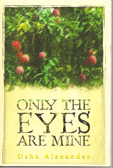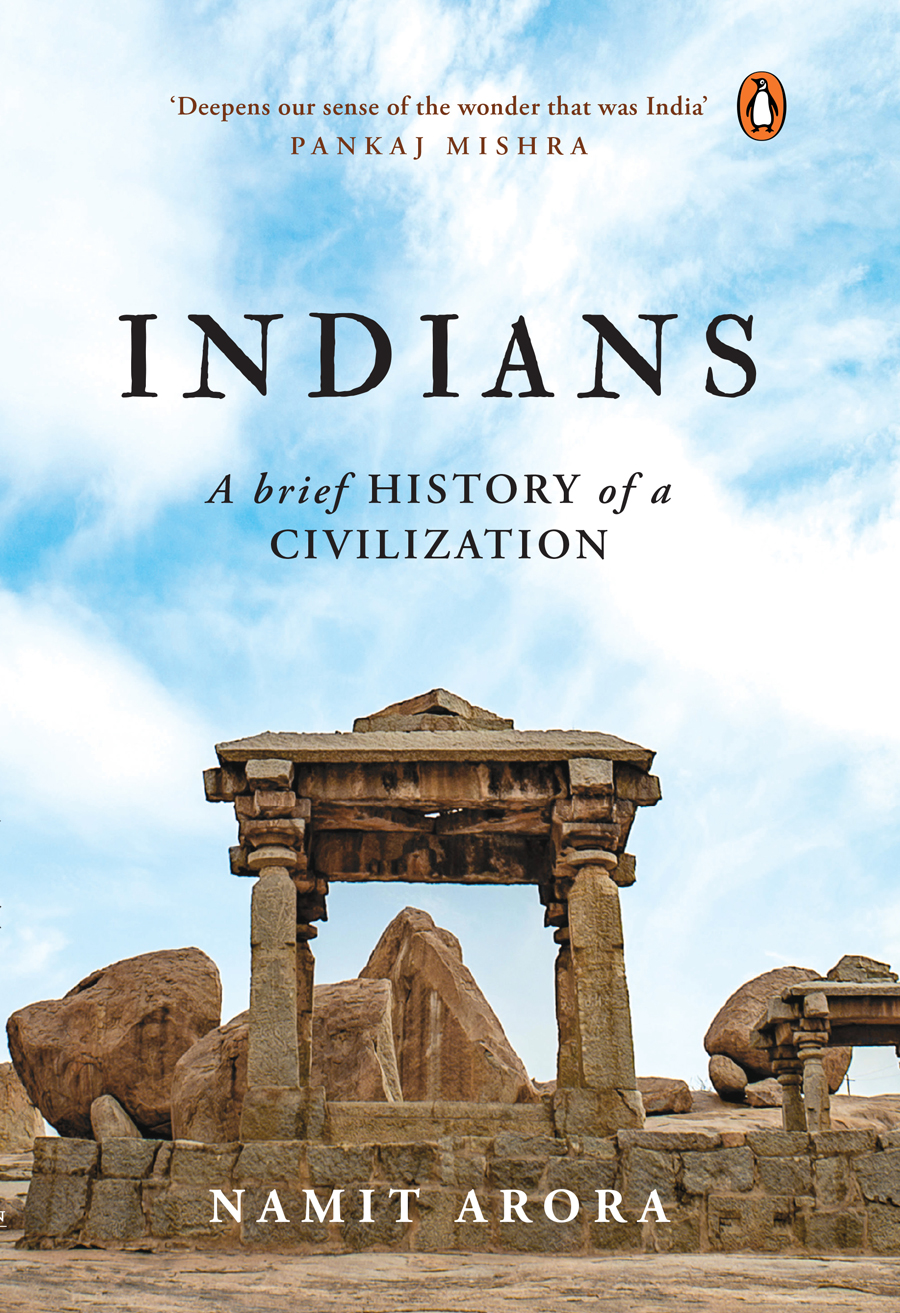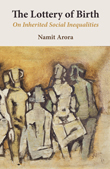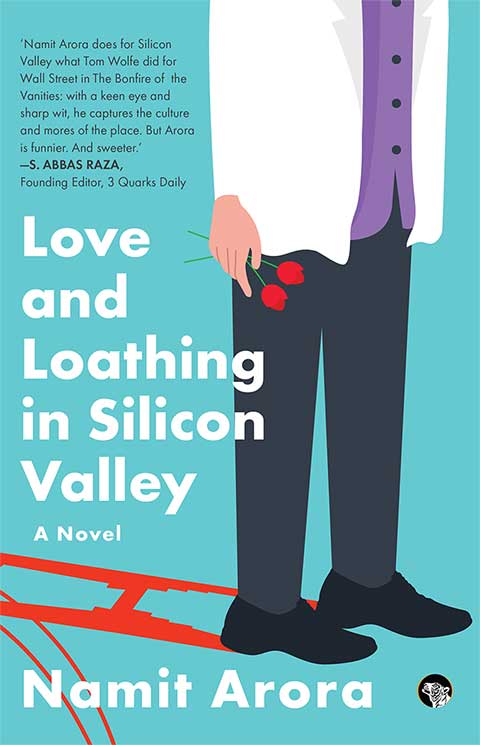Anuradhapura, Sri Lanka
The archaeological site of Anuradhapura, the best known of Sri Lanka's ancient cities, contains huge bell-shaped dagobas (Buddhist commemorative shrines, or stupas) built of small sun-dried bricks, as well as temples, palaces, monasteries, sculptures, bathing tanks, and drinking-water reservoirs. It also contains an ancient pipal tree believed to be a branch of the Bo tree at Bodh Gaya, Bihar, under which the Buddha attained Enlightenment.
Founded in the 5th century BCE, Anuradhapura was the Sinhalese capital of Sri Lanka from the 4th century BCE until the 11th century CE, when invasions from South India forced the shifting of the capital. The South Indians gained actual control of the kingdom several times—in the 2nd century BCE, in the 5th century CE, and most notably in the late 10th century, after which Anuradhapura was finally abandoned as the Sinhalese capital in favour of the city of Polonnaruva (and was eventually overrun by jungle). In addition to the South Indian invasions, the kingdom was often beset with internal strife among warring Sinhalese clans, each wishing to establish its own dynastic line. In these struggles the insurgent clan frequently sought alliance with a South Indian kingdom or hired South Indian mercenaries.
During the more than 1,000 years of its existence, the kingdom of Anuradhapura developed a high degree of culture, especially manifest in its art and architecture. Because of its geographic situation in the northern dry zone of Ceylon, it developed a remarkably complex system of irrigation, considered by many scholars to be its major achievement. The ancient city was rediscovered by the British in the 19th century. It later became a Buddhist pilgrimage centre and was designated a UNESCO World Heritage site in 1982. [—Text adapted from Encyclopedia Britannica, 2008]
Path to Sri Maha Bodhi, |
Buddha statues in a temple |
A gateway to Sri Maha Bodhi tree, |
|
Monks at Sri Maha Bodhi site |
Pilgrims (more) |
Another bodhi tree on site |
Another entrance |
Brazen Palace, once with 1600 |
Original was built over 2000 |
Afternoon nap |
Mahavihara Oriental Library |
Thuparama Dagoba |
Dates from 3rd cent. BCE |
||
Reclining Buddha at a temple |
Statues of Royals facing the |
Once the 3rd tallest structure, |
|
A nearby monastery was |
Bathing tank in the monastery |
A urinal in the monastery |
Buddhist Railing, a stone fence |
Chapter House, used by resident |
A centrally located Aseembly Hall |
||
Abhayagiri Dagoba, dates from |
Once the heart of a monastery |
The monks here studied both |
In a modern temple on site |
Moon stone at a monastery |
Ruins of a monastery in Abhayagiri |
||
Ruins of monastery in Abhayagiri |
Ruins of monastery in Abhayagiri |
Ruins of monastery in Abhayagiri |
Ruins of monastery in Abhayagiri |
A Prasada Stupa (info) |
|||
A present day resident |
Burrows Pavilion (Stone Canopy) |
Langur monkeys (more) |
|
Urinal (info) |
Ancient toilet (info) |
Ancient toilet (info) |
Urinal Pots (info) |
Guard stones of Anuradhapura |
Refectory where thousands of |
The stone canoe could be filled |
Fa-hien, the Chinese monk, saw |
Kuttam Pokuna, aka Twin Ponds, |
Used by bathing by the monks |
Notable for its hydraulic |
|
Isurumuniya Rock Temple |
Sleeping Buddha (more) |
Elephant carved on rock |
Sculpture on rock |
Isurumuni Lovers, 4-5th cent. CE |
King's Family, 6-8th cent. CE |
Another view of the Isurumuniya |
Lotus pond in front of the vihara |
Ranmasu Uyana, aka |
A moss-covered pond by |
Bathing tank in the pleasure |
Tissa Wewa, a large reservoir |
Outer wall has a frieze with 365 |
Started by King Dutugemunu in |
||
Mahapali Alms Hall to feed |
A water well at the refectory |
Palace of King Vijayabahu, |
Once a two-storey structure |
One of many |
Monks here dressed in clothing |
The monastery had many water |
A bathing tank in the monastery |
An ornate toilet stone at a |
Handicapped Langur |
Former Dalada Maligawa, or |
The platform where the tooth |
Buddha Statue by the Dagoba |
Buddha Statue by the Dagoba |
Designed in collaboration with Vitalect, Inc. All rights reserved. |




































































































